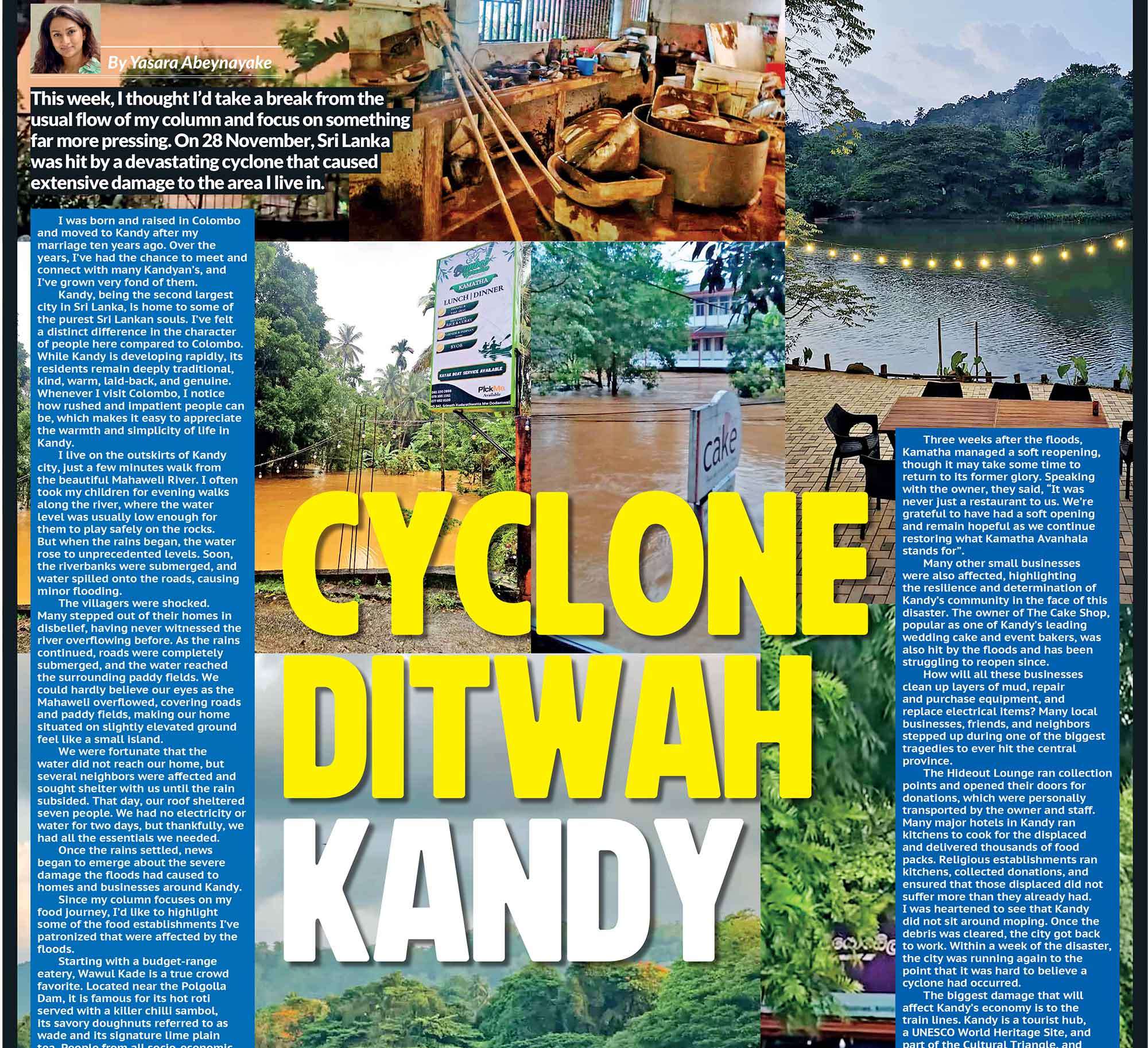Rama Beyond Ayodhya Conquest, Dharma, and the Lankan Imagination

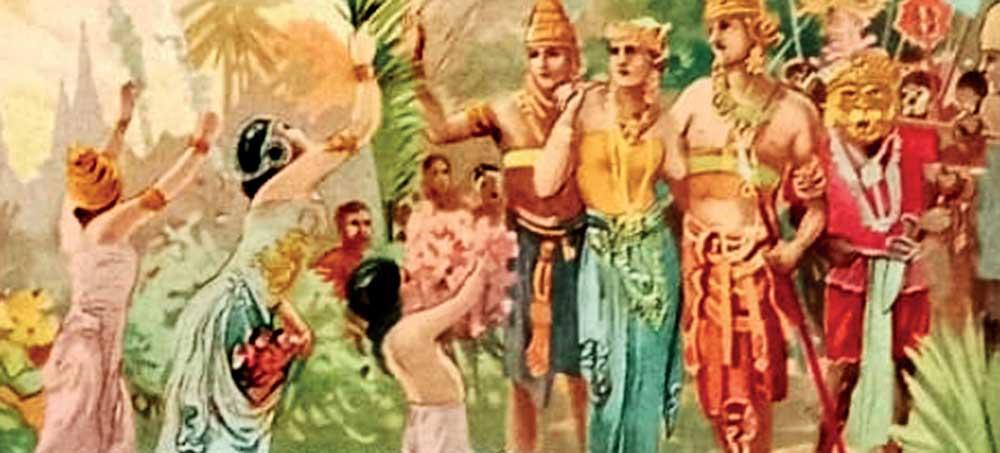
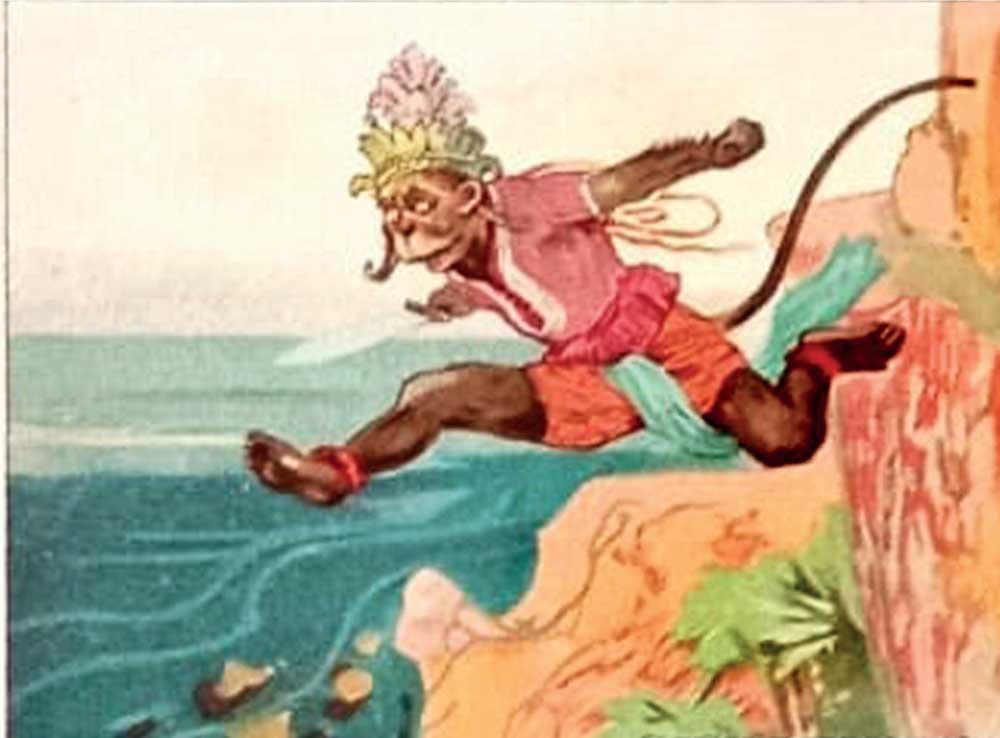
01.Completing the Arc
This article concludes our three-part exploration of the Ramayana’s Lankan dimensions. We began with Ravana, remembered in the Indian tradition as the demon-king, but in Sri Lanka increasingly reframed as a sovereign whose absence in the Mahāvaṃsa betrays deliberate silencing. We then turned to Sita, whose sojourn in Lanka has been variously imagined as captivity, endurance, estrangement, and even refuge, depending on the community retelling her story. Now we arrive at Rama, the supposed hero of the epic and the paradigmatic king of Indian political imagination. Yet of all three figures, he is the most strangely absent from Lanka. Rama dominates the Sanskrit canon but is all but invisible in Sri Lankan chronicles. His memory here is refracted: revered as dharmic exemplar in India, yet remembered in Lanka, if at all, as a conqueror or stranger.
02.Rama in the Canon: Dharmic King and Divine Avatāra
In Valmiki’s Ramayana (c. 500 BCE–300 CE), Rama embodies the perfection of kingship. He accepts exile to honour his father’s promise, defeats Ravana to rescue Sita, and re-establishes dharma across the land. For Sheldon Pollock (1986), Rama is “the paradigmatic figure of classical Indian polity,” the model by which royal conduct was measured. Later tellings elevate him further. In Kampan’s Tamil Iramavataram (12th century), Rama becomes not merely human but the avatara of Vishnu, a deity whose conquest of Lanka is part of cosmic design. In Southeast Asia, especially in Thai and Javanese Ramayanas, Rama is remembered as the civilising king whose victory over Lanka symbolises the triumph of order over chaos. Thus, across much of Asia, Rama’s conquest of Lanka is framed as righteous and necessary. Lanka, in this telling, is not a nation but a stage upon which Rama affirms his divine kingship.
03.The Silence of the Lankan Chronicles
And yet, within Sri Lanka itself, Rama is almost nowhere to be found. Neither the Dīpavamsa (4th century) nor the Mahāvamsa (5th century) mention him. The chronicles, which structure Lankan history around the visits of the Buddha and the destiny of Vijaya’s lineage, make no space for a Hindu prince whose conquest of Lanka would contradict their central vision. This silence is instructive. Michel-Rolph Trouillot (1995) reminds us that “silences are as much a part of history as utterances.” By omitting Rama, the chroniclers reoriented Lanka’s destiny. The island was to be the sanctuary of the Buddha’s teaching, not the spoil of Ayodhya’s king. To have celebrated Rama would have been to subordinate Lanka to Indian narratives of dharma. Instead, Sri Lanka chose to inscribe its sovereignty in a Buddhist cosmology that had no need of Rama.
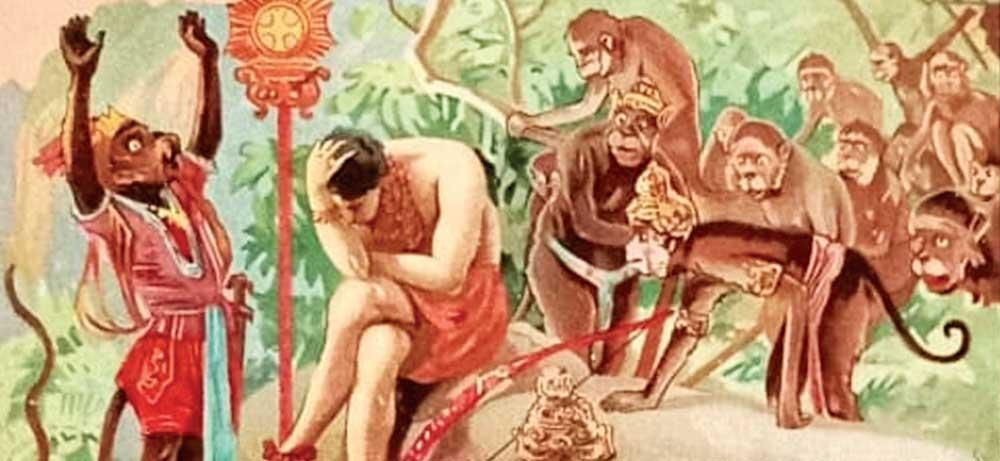
04.Critiques of the “Perfect King”
Even within Indian traditions, Rama’s perfection has always been contested. His treatment of Sita is perhaps the most debated. Having demanded an agnipariksha to prove her chastity, he later banishes her while pregnant, bowing to public suspicion. Uma Chakravarti (1990) sees in this act the archetype of the patriarchal king, whose legitimacy depends on policing female sexuality. Nabaneeta Dev Sen (1992) observes that women’s oral Ramayanas often retell these episodes to give Sita agency denied her in the Sanskrit canon. In Jain Ramayanas such as Vimalasuri’s Paumacariya (c. 3rd–5th century CE), Rama remains heroic, but Ravana is not demonised. Instead, the battle is a tragic conflict between two noble kings. Here, Rama is less a divine conqueror than a moral exemplar caught in a web of competing duties. Tamil folk traditions complicate the matter further. Paula Richman (1991) records songs in which Rama appears harsh, even unjust, while Ravana is remembered as generous. In these tellings, Lanka is not the land of evil but of refuge, and Rama is not saviour but stern judge.

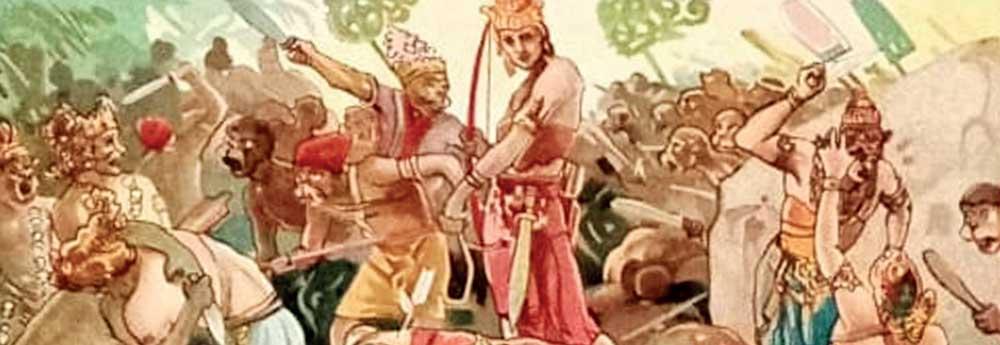
05.Rama as Conqueror in the Lankan Imagination
In contemporary Sri Lanka, especially among Sinhala revivalist groups who valorise Ravana as an indigenous ancestor, Rama is reframed as the outsider, the invader from the north. Rohan Bastin (2002) notes that this inversion functions as cultural resistance: by elevating Ravana, Rama becomes the symbol of external domination. In this sense, Rama’s conquest of Lanka is reread not as dharmic victory but as allegory of subjugation, an ancient precursor to later Indian invasions. This reinterpretation mirrors postcolonial critiques of empire. Just as European powers justified conquest through narratives of civilisation, so too does the Ramayana justify Rama’s war as a mission of order. Seen from Lanka, however, this is the language of domination. Rama’s dharma is, in this view, Ayodhya’s ideology imposed upon another land.
06.Beyond Hero and Stranger
What, then, is Rama in Lanka? He is neither celebrated in chronicles nor deeply rooted in folk geography. His presence here is mediated through an external text. Yet precisely in his absence he becomes significant. For Sri Lanka, Rama is the foil against which Ravana is remembered and Sita’s ordeal is staged. He is the shadow in which Lanka defines its otherness. To India, Rama is the ideal king. To Lanka, he is the conqueror who left no temples, no dynasties, and no memory in the island’s official histories.
07.Conclusion: The Foreign King
In closing this series, we have seen three figures refracted through Lanka’s imagination. Ravana, erased in the chronicles, resurfaces in folk memory as both demon and sovereign. Sita, captive in Valmiki’s text, becomes in alternative tellings a woman who resists not only Ravana but also Rama, even seeking refuge in Lanka. And Rama, the dharmic king of Ayodhya, arrives in Lanka only as conqueror, absent in local history yet omnipresent in external retellings. Together, they reveal that the Ramayana is not a single epic but a palimpsest of contested memories. For Lanka, the epic is less about Rama’s triumph than about how the island has negotiated its place between myth and sovereignty.
Rama beyond Ayodhya is thus not only the hero of dharma but the foreign king of Lanka, remembered not in chronicles but in silences, critiques, and reversals. And in that silence, we glimpse how nations choose their heroes, their villains, and the stories they are willing to tell.










